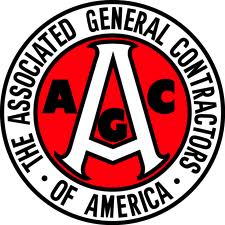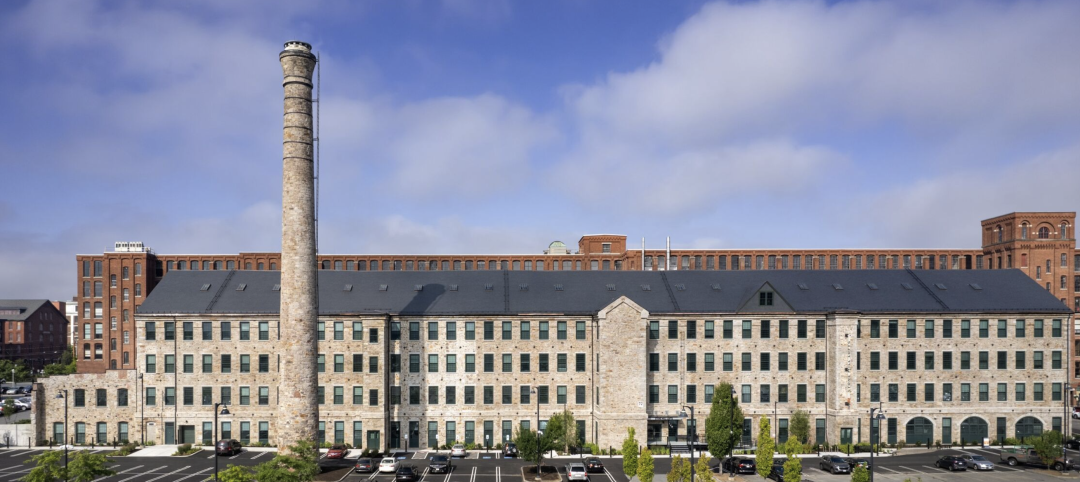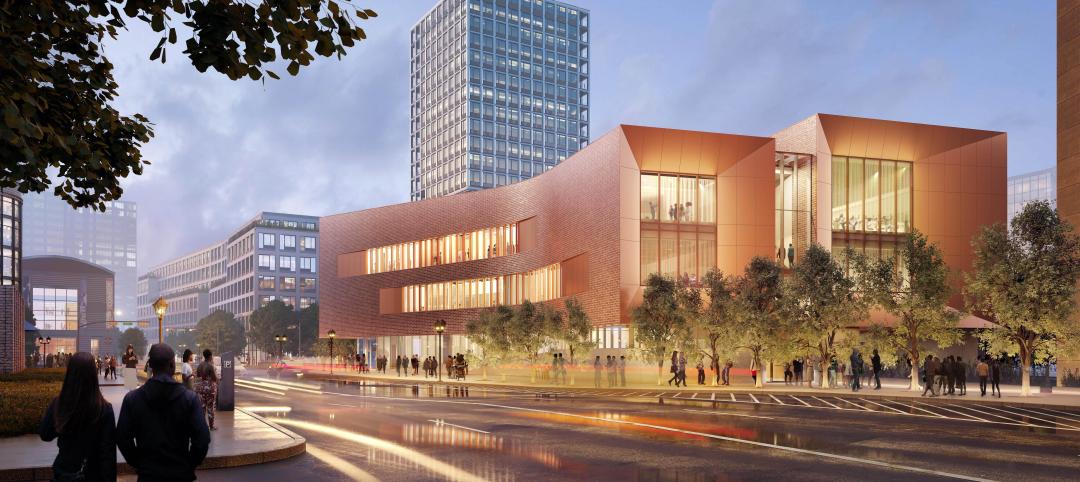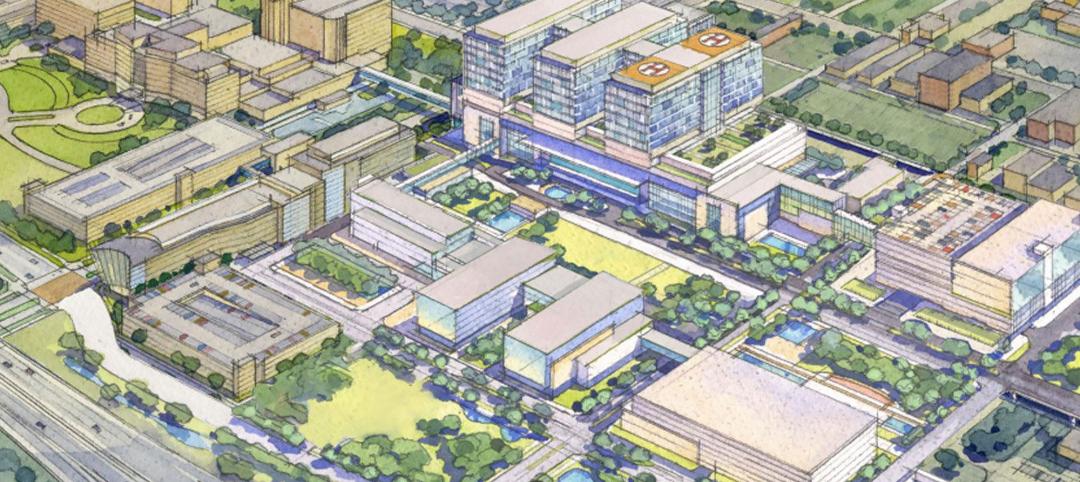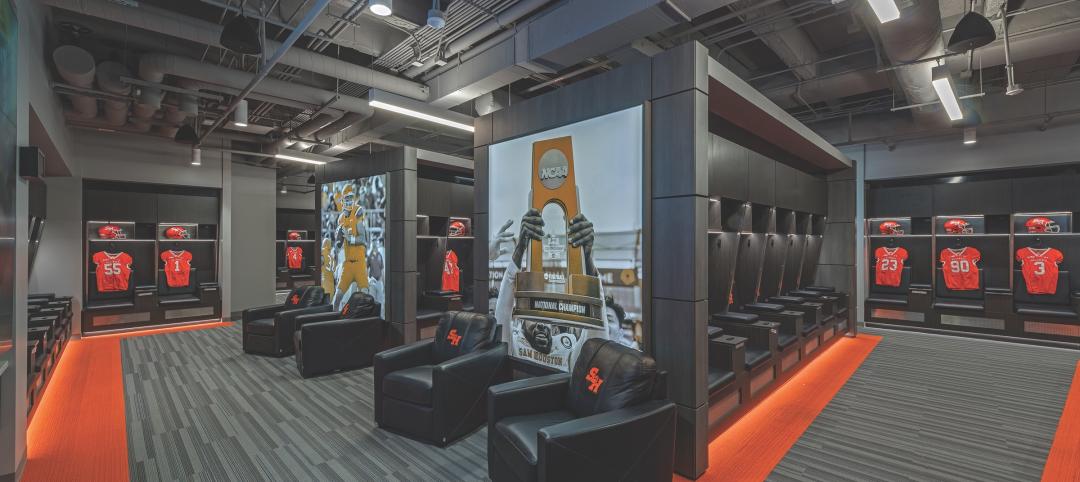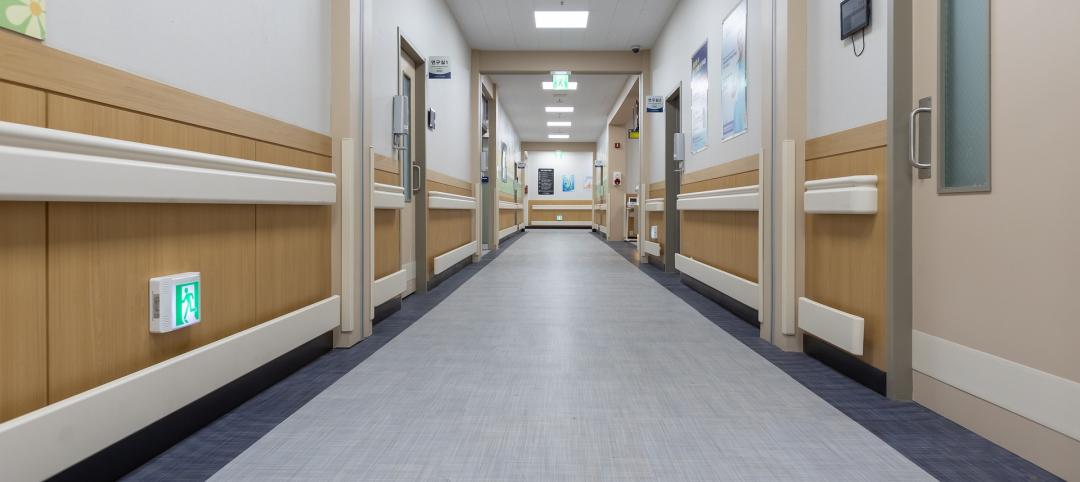Construction spending in May reached the highest level since December 2009 as widespread gains in private nonresidential construction, single-family and multifamily homebuilding more than offset a continuing downturn in public construction, according to an analysis of new federal data released today by the Associated General Contractors of America.
“It is encouraging to see such a broad-based pickup in private construction,” said Ken Simonson, the association’s chief economist. Simonson noted that private nonresidential spending climbed for the third month in a row and was 19% higher than in May 2011. Residential construction surged 3% for the month and 8% year-over-year, with new multifamily construction leaping 6% and 50%, respectively, and single-family homebuilding up 2% and 15%.
The construction economist said that four private nonresidential categories each posted 12-month spending increases of more than 25%: power and energy construction, 35%; hotels, 29%; educational and manufacturing, 27% apiece. There were also improvements in year-over-year totals for private transportation such as trucking and rail facilities, up 17%; health care and commercial (retail, warehouse and farm), 11%; and office construction, 7%.
In contrast, public construction slumped for the fifth consecutive month, falling 4% below the May 2011 level, Simonson noted. He said the largest public category, highway and street construction, slipped 0.5% from April but edged up 2% year-over-year, while the second-largest segment, educational construction, fell 3% and 7%, respectively.
“Based on the number and variety of projects that have been announced in recent months, I expect the private nonresidential sector to keep posting hefty gains for the rest of 2012 and beyond,” Simonson predicted. “Apartment construction seems sure to remain strong as well. Single-family homebuilding is not as solid but has apparently passed its low point. Together, these categories should mean that total construction spending in 2012 will be positive for the year for the first time since 2007 despite ongoing weakness in public construction. +
Related Stories
Adaptive Reuse | Oct 22, 2024
Adaptive reuse project transforms 1840s-era mill building into rental housing
A recently opened multifamily property in Lawrence, Mass., is an adaptive reuse of an 1840s-era mill building. Stone Mill Lofts is one of the first all-electric mixed-income multifamily properties in Massachusetts. The all-electric building meets ambitious modern energy codes and stringent National Park Service historic preservation guidelines.
MFPRO+ News | Oct 22, 2024
Project financing tempers robust demand for multifamily housing
AEC Giants with multifamily practices report that the sector has been struggling over the past year, despite the high demand for housing, especially affordable products.
Performing Arts Centers | Oct 21, 2024
The New Jersey Performing Arts Center breaks ground on $336 million redevelopment of its 12-acre campus
In Newark, N.J., the New Jersey Performing Arts Center (NJPAC) has broken grown on the three-year, $336 million redevelopment of its 12-acre campus. The project will provide downtown Newark 350 mixed-income residential units, along with shops, restaurants, outdoor gathering spaces, and an education and community center with professional rehearsal spaces.
Office Buildings | Oct 21, 2024
3 surprises impacting the return to the office
This blog series exploring Gensler's Workplace Survey shows the top three surprises uncovered in the return to the office.
Healthcare Facilities | Oct 18, 2024
7 design lessons for future-proofing academic medical centers
HOK’s Paul Strohm and Scott Rawlings and Indiana University Health’s Jim Mladucky share strategies for planning and designing academic medical centers that remain impactful for generations to come.
Sports and Recreational Facilities | Oct 17, 2024
In the NIL era, colleges and universities are stepping up their sports facilities game
NIL policies have raised expectations among student-athletes about the quality of sports training and performing facilities, in ways that present new opportunities for AEC firms.
Codes and Standards | Oct 17, 2024
Austin, Texas, adopts AI-driven building permit software
After a successful pilot program, Austin has adopted AI-driven building permit software to speed up the building permitting process.
Resiliency | Oct 17, 2024
U.S. is reducing floodplain development in most areas
The perception that the U.S. has not been able to curb development in flood-prone areas is mostly inaccurate, according to new research from climate adaptation experts. A national survey of floodplain development between 2001 and 2019 found that fewer structures were built in floodplains than might be expected if cities were building at random.
Seismic Design | Oct 17, 2024
Calif. governor signs limited extension to hospital seismic retrofit mandate
Some California hospitals will have three additional years to comply with the state’s seismic retrofit mandate, after Gov. Gavin Newsom signed a bill extending the 2030 deadline.
MFPRO+ News | Oct 16, 2024
One-third of young adults say hurricanes like Helene and Milton will impact where they choose to live
Nearly one-third of U.S. residents between 18 and 34 years old say they are reconsidering where they want to move after seeing the damage wrought by Hurricane Helene, according to a Redfin report. About 15% of those over age 35 echoed their younger cohort’s sentiment.


